Spinach farming in Kenya is becoming more popular because the crop is healthy, grows quickly, and sells well. In fact, spinach is rich in iron and vitamins, making it highly wanted in urban and peri-urban markets. As a result, it is a good business for both small and larger farmers.
Furthermore, with proper planning, careful crop management, and selling at the right time, spinach farming in Kenya can give fast returns and steady income all year.
1. Crop Selection and Planning
Choosing the right spinach variety is very important. In addition, it helps improve yields, resist diseases, and meet what buyers want in the market.
Popular Spinach Varieties in Kenya:
- Ford hook Giant – Broad dark green leaves, heat and drought-tolerant
- Bloomsdale Long Standing – Tolerates cold weather, deeply savoyed leaves
- Hybrid spinach (F1) – Fast growing, uniform, and high-yielding
- Local spinach (African spinach/amaranth) – Hardy and commonly consumed
Planning Tips:
- Use certified seeds to ensure uniform growth and disease resistance
- Plan planting around rainfall or ensure access to irrigation
- Align production cycles with market demand to avoid oversupply
2. Soil Preparation
First, prepare the soil by removing weeds and loosening it to allow good root growth. Next, add compost or well-rotted manure to enrich the soil. This helps spinach grow quickly and healthy.
In addition, ensure rows are spaced properly to give each plant enough sunlight and air. Finally, plant seeds or seedlings at the right depth and water gently to support early growth.
Spinach thrives in cool weather and well-drained fertile soils rich in organic matter.
Optimal Conditions for Spinach Farming:
- Soil pH: 6.0–6.8
- Temperature: 10°C–24°C
- Altitude: Performs well in mid to high altitude areas
- Rainfall: 400–800 mm per year, well-distributed
Avoid acidic or poorly drained soils to prevent diseases like root rot.
3. Preparing Land and Planting Spinach
To start, prepare the land thoroughly to get a fine tilth and ensure good drainage. This helps spinach roots grow well and prevents waterlogging.
Steps:
- Plough and harrow the land 2–3 weeks before planting
- Apply organic manure or compost to improve soil fertility
- Sow seeds directly or raise seedlings in nursery beds and transplant after 3–4 weeks
Spacing:
- Direct sowing: 30 cm between rows, 5–10 cm within the row
- Transplanting: 30 x 15 cm spacing
Fertilizer Application:
- Use DAP or compost at planting for root establishment
Top-dress with CAN or urea after 2–3 weeks
4. Crop Management (Irrigation, Fertilization, Weeding)
Irrigation:
First, water spinach regularly and consistently, especially in dry areas. However, avoid overwatering, as too much water can cause fungal diseases.
Feeding the Crop:
Next, apply nitrogen-rich fertilizers such as CAN or urea to encourage leafy growth. In addition, foliar fertilizers can improve leaf quality and colour. Furthermore, conducting soil tests helps farmers know exactly which nutrients are needed, so fertilizer is used efficiently.
Weeding in Spinach Farming
Finally, weed the field frequently to reduce competition for nutrients, water, and sunlight. In addition, applying mulch helps retain soil moisture and suppress weed growth, saving labor and supporting healthy plant growth.
5. Pest and Disease Control
Common Spinach Pests and How to Control Them
Spinach crops are often attacked by pests such as aphids, leaf miners, and cutworms. To reduce damage, farmers should check their fields regularly and remove affected leaves. In addition, using organic solutions like neem extracts or introducing natural predators can help control pest numbers. When infestations are severe, recommended insecticides can be applied carefully to protect the crop.
Common Pests in Spinach Farming:
- Leaf miners
- Aphids
- Cutworms
- Flea beetles
Spinach Diseases and How to Manage Them
Spinach is prone to diseases such as downy mildew, leaf spot, and white rust. Therefore, farmers should use clean seeds and practice crop rotation to reduce disease buildup. Furthermore, proper spacing, timely weeding, and avoiding overhead watering help prevent infections. If symptoms appear, removing affected plants and applying recommended fungicides can protect the rest of the crop and improve yields.
Common Diseases:
- Downy mildew
- Leaf spot
- Damping-off (in nurseries)
- Root rot
Control Measures:
- Use certified seeds and rotate crops
- Apply biopesticides or recommended chemical pesticides as needed
- Ensure good field hygiene and spacing to improve air circulation
6. Harvesting and Post-Harvest Handling
Spinach is usually ready for harvest 4–6 weeks after planting, depending on the variety. At this stage, the leaves are tender and full of nutrients, making them ideal for both markets and home consumption.
Harvesting Tips:
- Harvest by plucking outer leaves or cutting entire plants above the crown
- Harvest early in the morning to retain freshness and prevent wilting
- Handle gently to avoid bruising the leaves
Post-Harvest Handling:
- Wash gently to remove soil
- Pack in shaded, cool containers
- Transport immediately to market to preserve freshness
7. Marketing and Value Addition
Target Markets for Spinach
Spinach farmers in Kenya can sell their produce in a variety of markets. For example, local markets and roadside vendors provide easy access to nearby buyers. In addition, supermarkets, grocery stores, restaurants, hotels, and institutions offer steady demand. Furthermore, farmers producing cleaned and packaged spinach can explore export markets for higher returns.
Marketing Tips
To increase profits, farmers can form or join cooperatives to sell in bulk. Moreover, planning planting schedules carefully helps avoid oversupply, especially during rainy seasons. Finally, exploring contracts with vegetable processors or retailers can provide steady buyers and reduce market risks.
Value Addition Opportunities
Adding value to spinach can boost income. For example, pre-packed and washed spinach is popular among urban consumers. In addition, spinach can be processed into juices or smoothies for health-conscious markets. Alternatively, drying the leaves into powder creates seasoning or nutritional supplements, giving farmers more ways to profit.
8. Farm Business and Record Keeping
Like any other agribusiness, spinach farming in Kenya should be run professionally. To succeed, farmers need to keep track of important information and make informed decisions.
Business Tips:
- Keep records of planting dates, inputs, harvests, labor, and sales.
- Compare costs and profits regularly to guide your decisions.
- Access financing and crop insurance to reduce risks and protect your investment.
- Use mobile apps to get weather forecasts, market prices, and expert advice.
Furthermore, treating your spinach farm as a business helps you plan better, maximize yields, and increase income consistently.
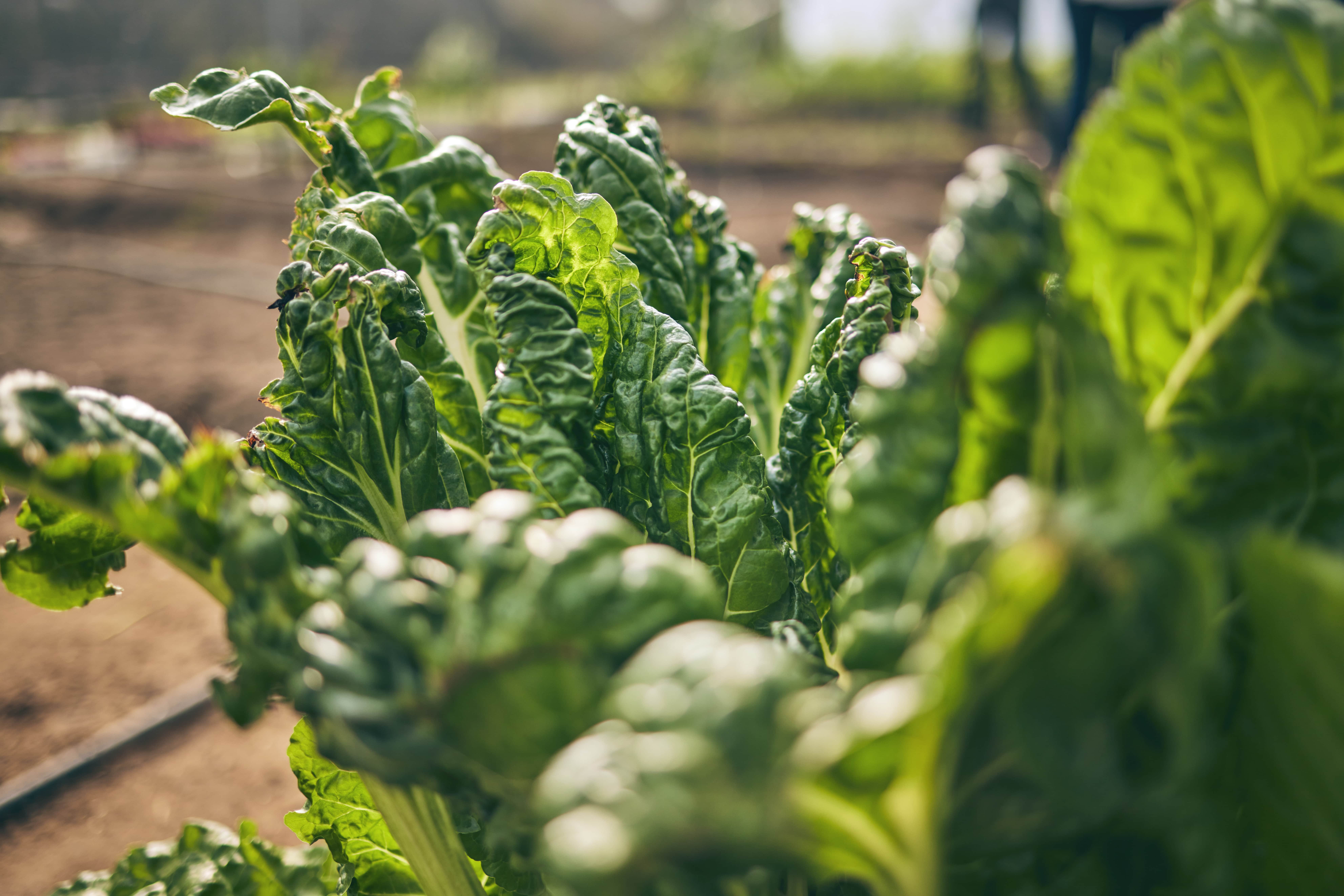
Unlocking the Potential of Spinach Farming in Kenya
Spinach farming in Kenya is a quick-growing crop with high demand in both urban and rural markets. By choosing the right varieties and keeping up with regular watering and feeding the crop, farmers can achieve good yields and profits.
Furthermore, planning planting around market needs helps ensure steady sales and income. When managed as a business and supported by proper farming knowledge, spinach farming can provide economic opportunities and improve nutrition for farmers and their families.
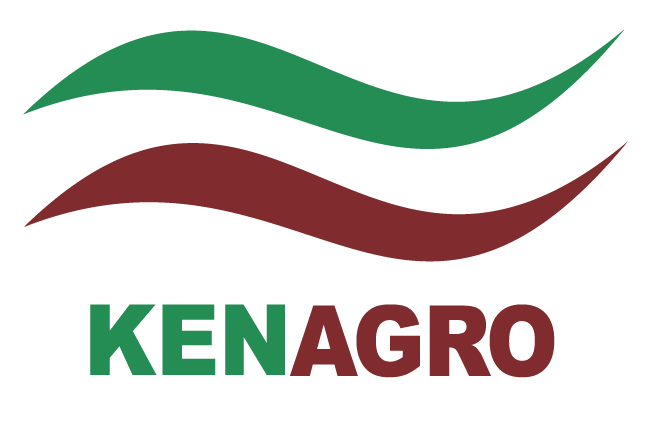
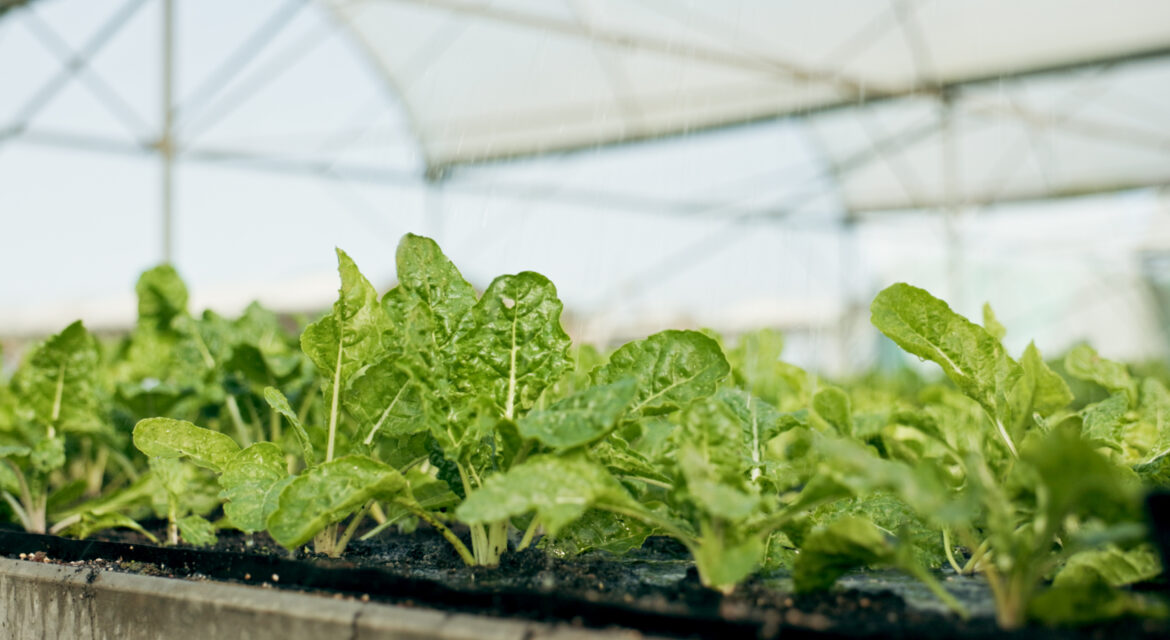
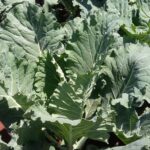

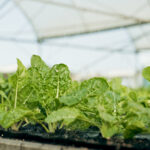
Davies
Good Info. Will definitely make a follow up on more details once am ready. Keep the good work up.